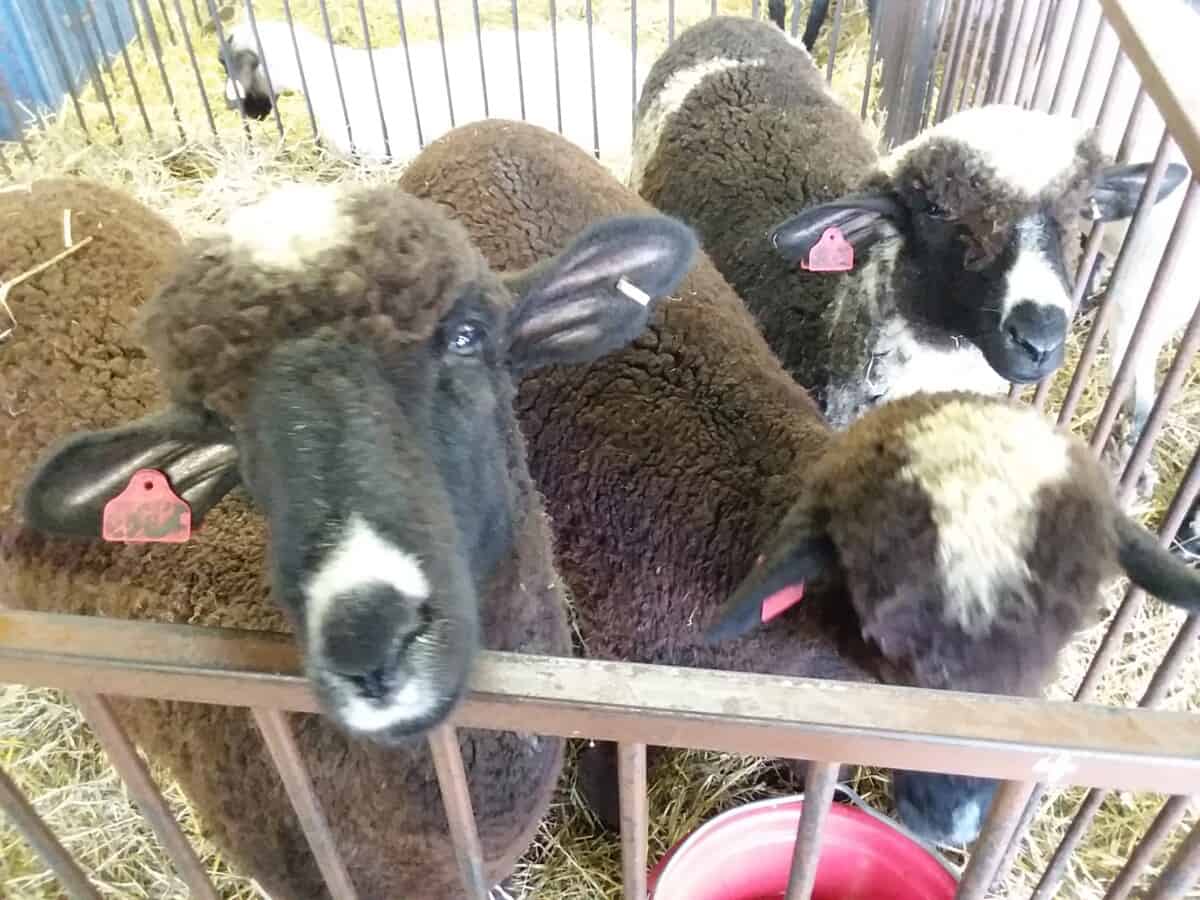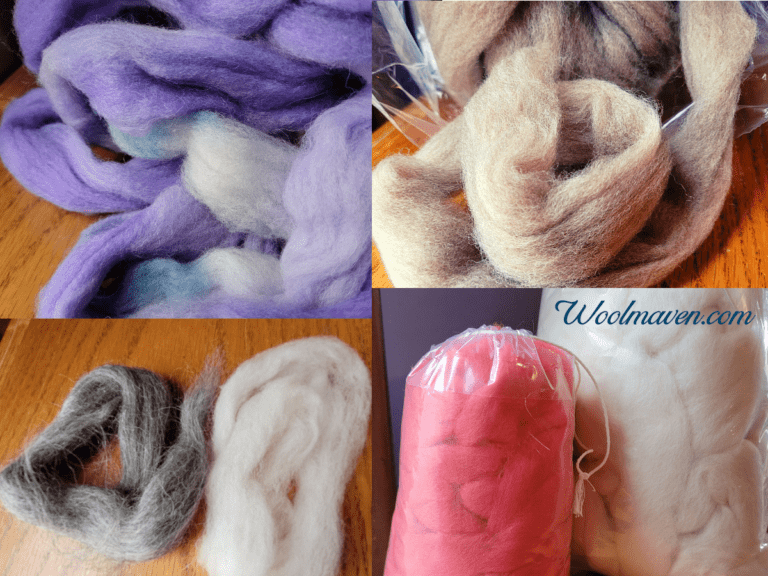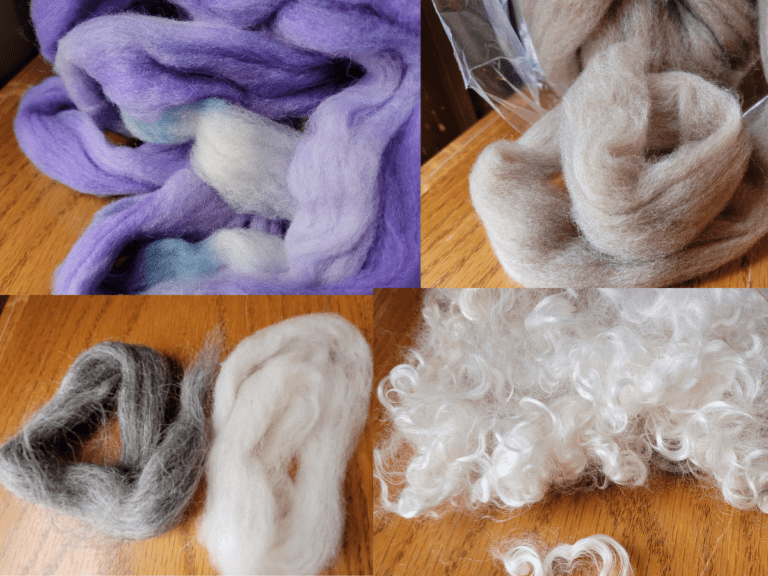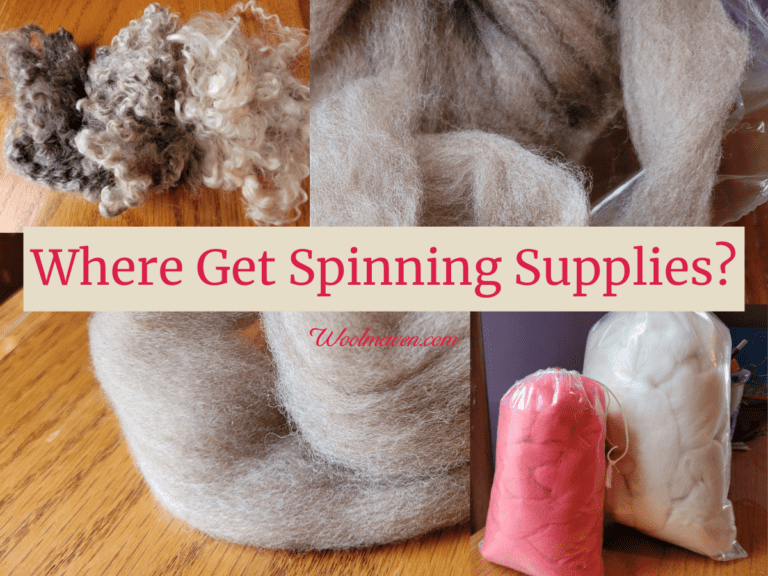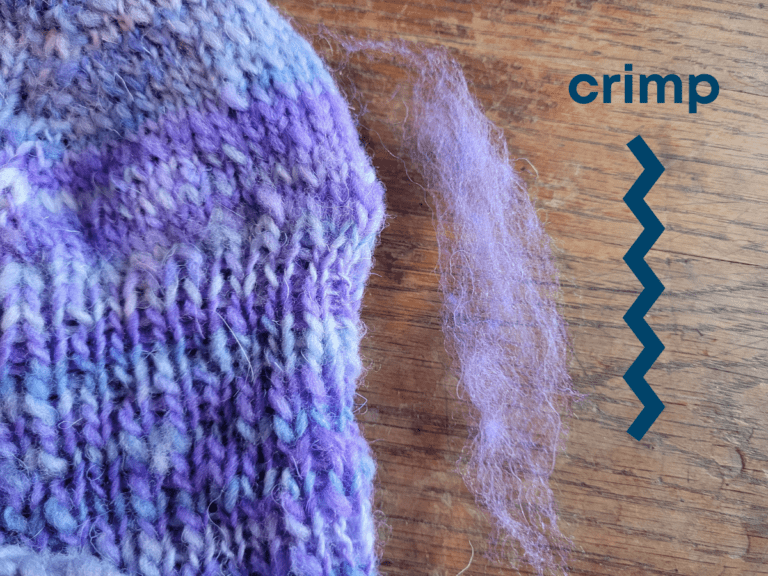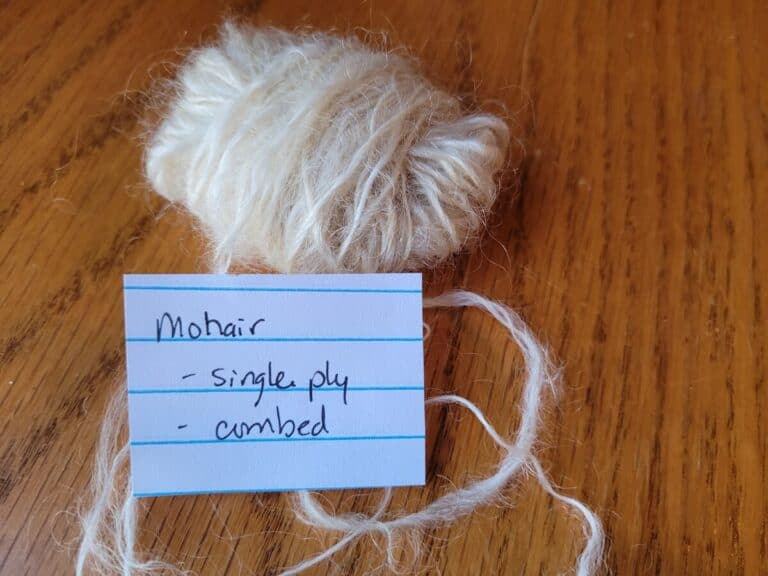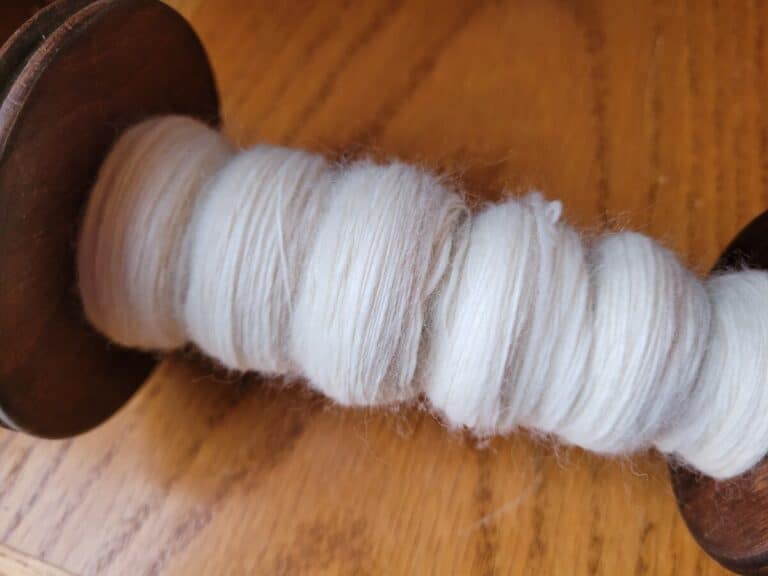Are Sheep Killed For Their Wool?
We all know that the wool used for yarn and felt, among other things, comes from sheep. But we also know that, for the most part, wool does not just fall off the sheep, it must be shorn.
Common sense would tell you that the sheep are not very likely to just stand there while they get a haircut. How do you get the wool off of those sheep and are the sheep okay afterwards?
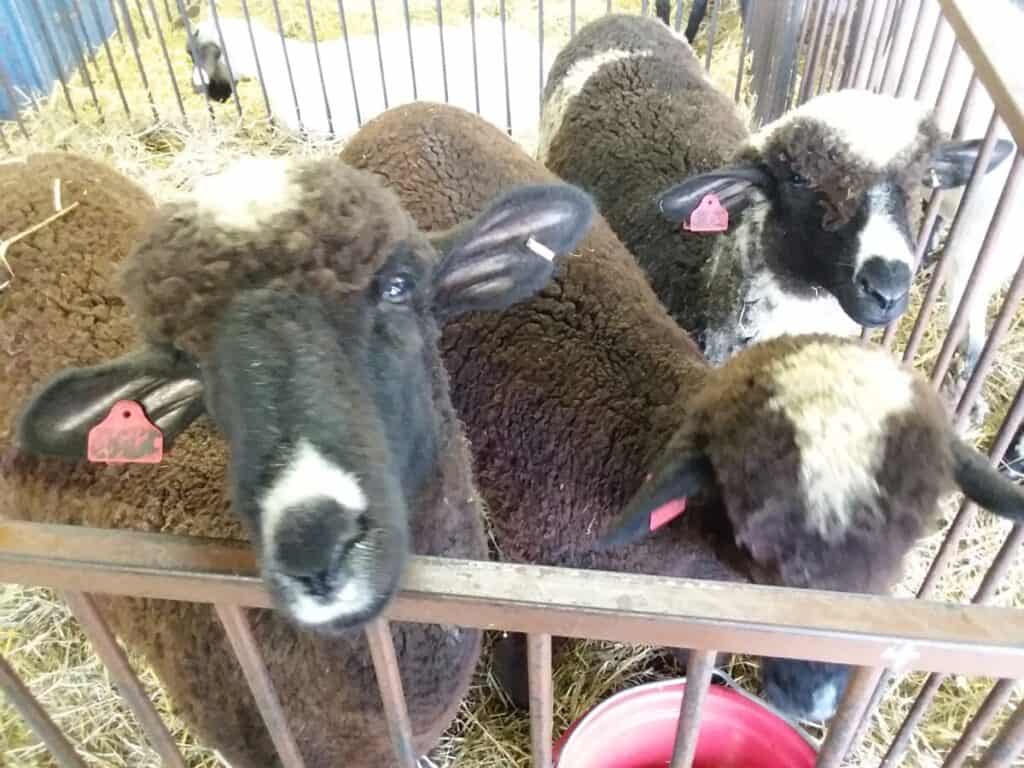
Sheep are not killed for their wool
Let’s just get this out of the way from the start, sheep are not killed for their wool. It’s as simple as that.
The idea that sheep are killed for their wool is propaganda designed to upset you or make you feel guilty, rather than inform you so that you can make your own choices about the fiber you use.
While it’s true that I am a sheep farmer as well as a life long wool enthusiast, so I certainly have my bias in favor of wool, that does not change the fact that sheep are not killed for their wool. Facts matter.
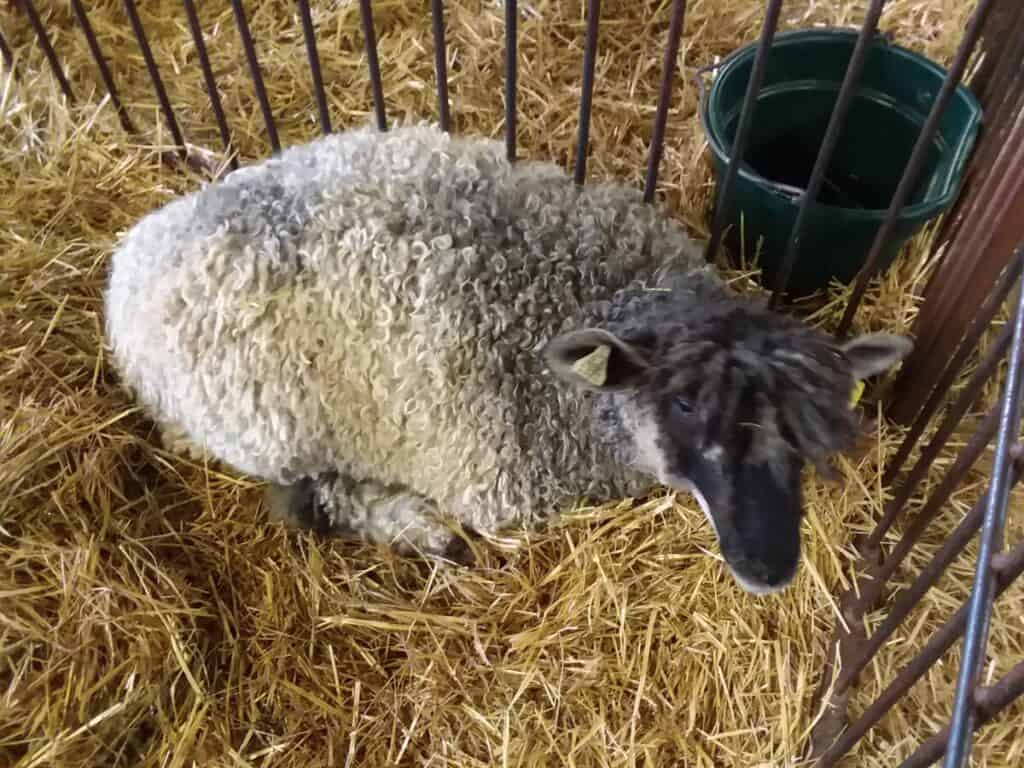
Killing the sheep does not make sense
When you think about it, you have to ask yourself “why kill the sheep just to get the wool?” It doesn’t make sense.
There are a few things that quickly come into question here:
- getting the wool now
- getting more wool later
- having breeding stock to raise more lambs
You can get the wool without hurting the sheep
As far as getting the wool off of the sheep now goes, you can easily get the wool without hurting the sheep. It’s just like you getting your hair cut, afterwards the hair is shorter and you are fine.
Professional shearers quickly shear the wool off of a sheep, depending upon the sheep and the skill of the shearer, this is likely to take 2.5-5 minutes per sheep. That’s faster than getting your haircut!
Dead sheep do not grow more wool
The second part (and this is the one that gets overlooked) is that to get more wool from this animal you have to keep the sheep alive, dead sheep don’t grow more wool!
How Much Yarn Can You Spin From One Sheep’s Fleece? is my article that explains the process of going from just shorn fleece to yarn and the amount of yarn you can plan to end up with.
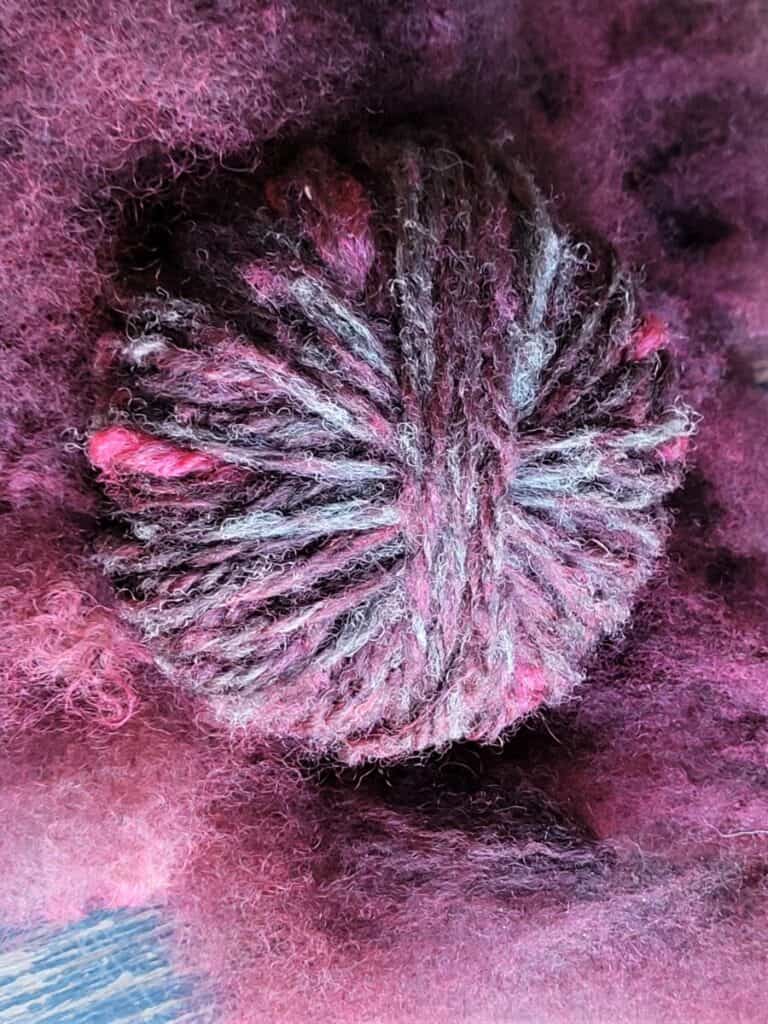
Specialty wool can make farmers money
Poke around a bit online and look at the farms selling wool to customers. Maybe they are selling fleeces, maybe they are selling combed top or even yarn, but do some math here.
If you can get $100 for a nicely shorn fleece, why not keep the sheep? Especially since she is having a lamb or two every year, as well.
Keep looking around and price some wools like Cormo ($35 per pound of raw fleece), that wool is pricey so those sheep are definitely not being killed for their wool. The wool is how those farmers make money!
A small side note on Cormo, I ordered some combed top and it is wonderful. I have not ordered the raw Cormo fleece listed above, but it’s tempting because I do love the naturally colored wools!
On a more business related note: if you could get $35 per pound of raw fleece (raw fleece!) and there are 5-8 pounds of raw fleece on a ewe, why would you not keep the ewe?
Sure, some of that fleece will need skirted, let’s say half a pound, so now you have 4.5-7.5 pounds to sell, and you would need to sell it yourself on Etsy or something similar but that’s $157.50-262.50 per ewe.
Once again, not counting the lambs she will raise. I don’t know about you, but I would definitely be keeping this sheep and want a few more just like her!
There are plenty of other examples of wools that are in demand from spinners and other woolcrafters. This shows that keeping these sheep around to produce more wool is the only option that makes sense.
Best Places To Get Wool For Handspinning is my article that gives you a look at what folks are selling from their sheep, since to sell the wool, someone had to raise that sheep.
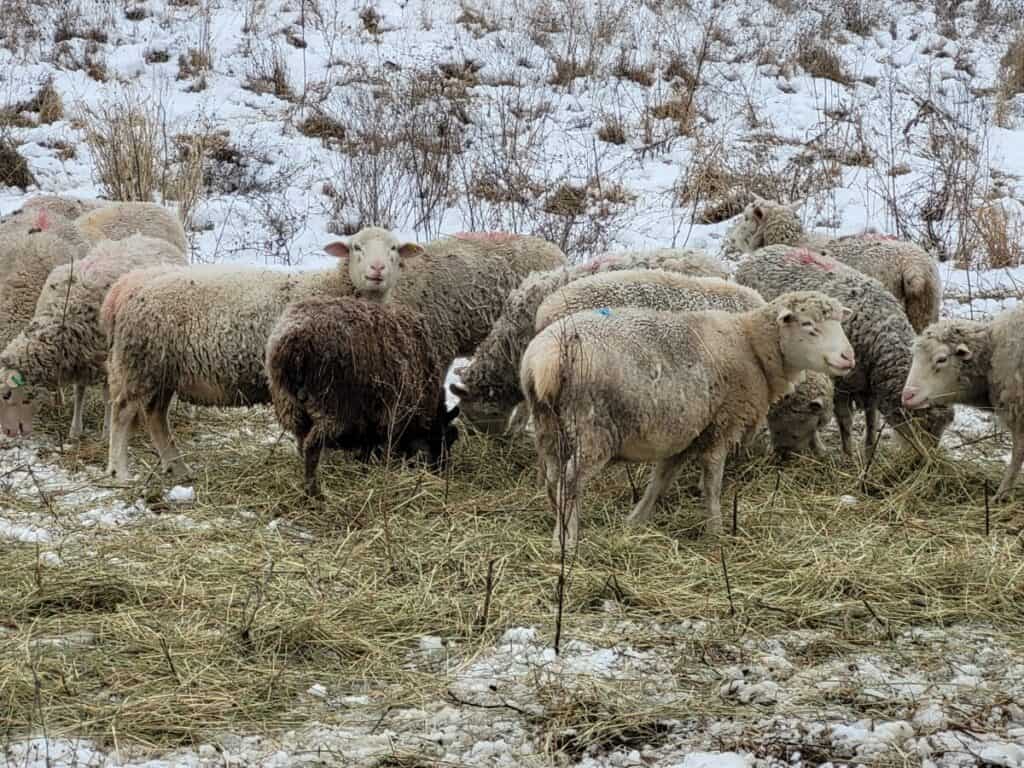
Commercial wool has little to no value now
To be fair, I realize that many sheep farmers are not getting anything for their wool, for instance our wool is just a common commercial grade medium white wool that we toss out.
This wool has no value until some of the innovations regarding use of less valuable wool start to become more economical, like wool for plant fertilizer or insulation.
We, like many other small farmers in the country, keep wool sheep for the purpose of raising market lambs. We need sheep for our business, we are certainly not harming them to get some valueless wool.
We could switch to raising sheep with more valuable wool, like Wensleydale, California Variegated Mutant (CVM) or the more unusual Shetland colors or breeds with finer fleeces, like Saxon Merinos.
But that comes at a cost, we would lose out on our main money which is market lambs.
Is wool harvesting cruel to sheep?
Wool harvesting is called shearing. Shearing is when the wool is cut off the sheep with clippers that look like a big set of dog trimmers.
Shearing normally takes around 2.5-5 minutes per sheep. This depends upon the skill of the shearer and the cooperation of the sheep, sometimes the ewes (mom sheep) squirm around others sit quietly.
Sheep can take longer if they have really sticky wool, super dirty wool or some sort of health problem that is seen during shearing so the sheep will need held until the problem can be dealt with.
When was the last time your dog was trimmed up in under 5 minutes? What about going to get your own hair cut or getting kids to sit still for a trim?
Chances are it took longer than 5 minutes to cut your hair and that you, your kids and the dog all had basically the same work done and were all just fine afterward. The same is true for shearing sheep.
The other part of this story that folks who are anti wool do not take into consideration is the skill and dedication of the shearers. These guys (and a few gals) are professionals and it shows.
Shearers make their living shearing, which means results matter. The shearing must be done efficiently as well as reasonably, because as a flock owner I want more than just shorn sheep, I want healthy sheep.
For sheep with wool to be healthy, they must be shorn. An efficient shearing gets the wool off quickly with as little stress to the sheep as possible while getting the job done right.
And finally, let’s think of shearing from a shorn sheep’s point of view, how do you think they feel once a year’s worth of wool growth is removed from their skin? I’d say relieved, lighter, fresher and happier.
Why doesn’t the wool shed out?
The next obvious question is why doesn’t the wool shed out on it’s own, that would be the easy way to fix this situation with no shearing required.
True, that would be easy, but it’s not how most sheep breeds wool coat works. These sheep must be shorn or the wool will just get longer but not fall out on it’s own.
Why Don’t Sheep Naturally Shed? is an article on my other site, Family Farm Livestock, that goes more into the reasons why most domestic sheep do not shed their wool.
There are a few exceptions that shed their wool
There are a few sheep breeds that do not need to be shorn, those are called hair sheep. They grow a hair coat only for the summer and add a wooly undercoat in the winter.
Hair sheep are like wild sheep in that they do not need to be shorn. They shed their coats in the spring, just like your dog sheds out when the weather changes.
Since these sheep shed on their own, they do not need to be shorn. Occasionally, a hair sheep flock that was developed from a wooled parent line needs partially shorn, but that is unusual.
Natural shedding in a few wool breeds
There is also a type of partial or full shedding done by a few wool breeds, mainly Shetland, where the wool loosens up on it’s own and can be easily pulled off the sheep.
Gathering the wool that naturally loosens from the sheep is called rooing. Rooing is done when the shepherd notices the wool loosening up, usually around the neck area.
The wool does not all come loose at once, the sheep can be brought in a few times to get all of the wool as it loosens up or the sheep can be shorn to get all of the wool before any is lost out in the pasture.
Since handcrafters love to work with Shetland wool, it is not likely that the wool will be left to fall away. These sheep will probably be shorn so that the wool is sellable or usable by the flock owners.
Here is a link to Jamieson’s of Shetland, which is a spinning mill that makes 100% Shetland wool yarn, from Shetland sheep in, you guessed it, Shetland.
Shetland sheep wool is great to spin (I like it) and popular, so while it could be rooed, especially if the shepherd is using it in house, the wool will probably be shorn and sold.

